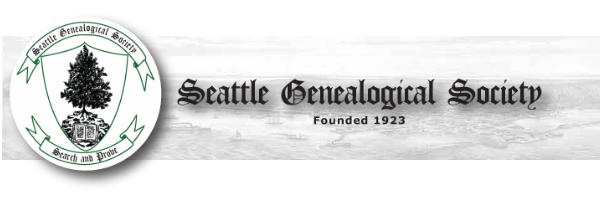
TIP OF THE WEEK –
BRITISH COLUMBIA HISTORICAL
NEWSPAPERS AND A WEBINAR
Jill Morelli passed along this tip; it originally came from Valerie Beaudrault. The University of British Columbia has made the BC Historical Newspapers database, a digital collection of 168 newspaper titles published between 1859 and 1995, available on their website. Toward the bottom left hand side of the web page is an alphabetical selection list of the newspaper titles. And to the right of that list is a map that pinpoints the home of each publication. To explore a specific title, click on it in the alphabetical selection list toward the bottom of the page. But if you want to search the entire collection, that search box is located toward the top of the web page. Newspaper page images can be downloaded and saved. Here’s the link to the website: https://open.library.ubc.ca/collections/bcnewspapers
If BC is an area of interest for you, check out the webinar “Genealogical Gold in British Columbia” with Dave Obee, Canadian genealogist, journalist, and author. It is scheduled for Friday, February 18, 2022 at 11:00 AM PST. This is one of many free webinars hosted by Legacy Family Tree. Register at:
https://familytreewebinars.com/webinar/genealogical-gold-in-british-columbia/
